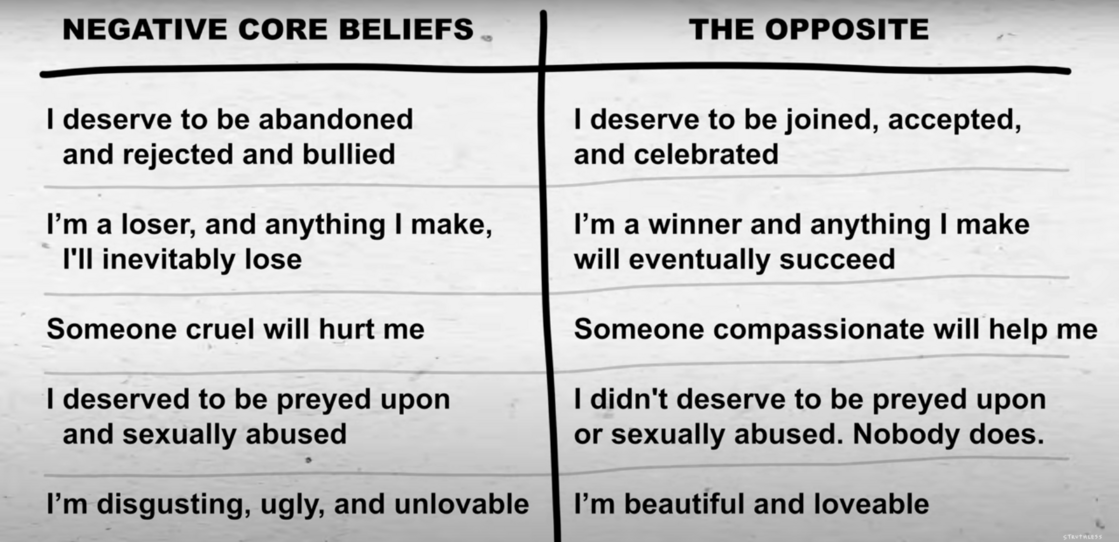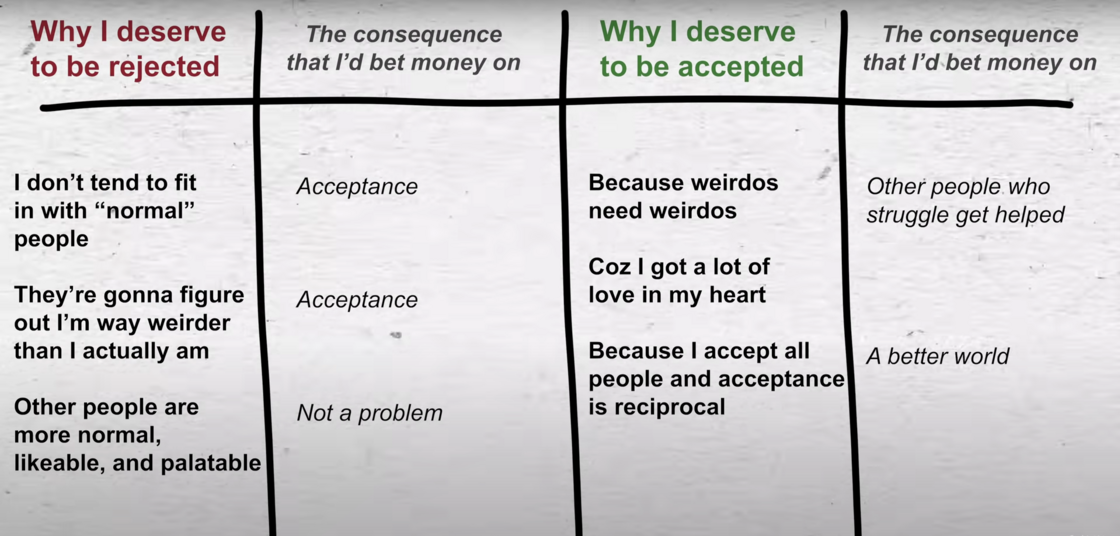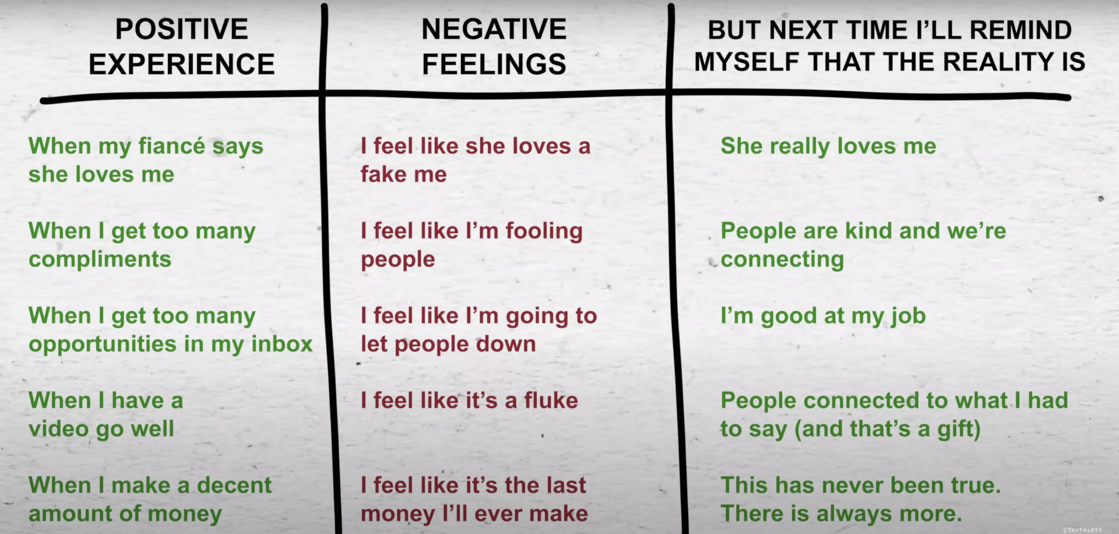A Spring Renewal Practice - 4-Steps to Overcome Self-Sabotage

By The Mindful Leader Team
Spring is around the corner and during this time of year nature is coming back to life, it's a time of renewal, rebirth, and self-reflection. For many cultures, spring is the start of the new year and an opportunity for resolutions and commitments. We often use these times of year to aspire to become a better version of ourselves and one of the things that can get in the way is self-sabotage. Self-sabotage refers to the intentional or unintentional behavior, thoughts, or actions that hinder one's personal or professional growth, success, or well-being. It is a self-destructive pattern that may stem from subconscious beliefs, fears, or negative self-talk.
While we were looking into practices to address self-sabotage, we discovered Struthless, a YouTuber with over 925K subscribers who provides a raw exploration of a self-sabotage practice in which Struthless, in a vulnerable way, goes through the exercise himself. Here is how he describes himself:
“I used to be an unhealthy drug addict scatterbrained mess. Lots of demons led to lots of impulsive stupid behavior. Consequences kept me cooked. Chaotic childhood, mixed bag head. You get it.
Now (cue infomercial music) I’m sober, fit, healthy and I sorted out a whole lot of headnoise. I’m also a dad! Work-wise, I’m an illustrator, an author, and I co-run an animation studio (called Struthless Studios).
It’s not an overly wild transformation and it wasn’t linear or quick. I’m obv a work-in-progress... BUT for the things that have worked, I figured I’d try articulate them on the chance they might help ya!”
In the video, Struthless goes on to talk about his own experiences of self-sabotage. He explains that self-sabotage often stems from childhood experiences that created negative self-worth, such as being ignored or abused by a parent. These negative beliefs conflict with reality, where the person is successful and celebrated, thus leading to a cycle of self-sabotage. He suggests that sitting with negative feelings and addressing the root cause of negative self-worth is the key to overcoming self-sabotage. He then provides a 4-step practice to do just that, and we wanted to share that practice with you.
Spring Renewal - 4-Step Practice to Overcome Self-Sabotage
Some of the thoughts that come up during this practice might be intense and uncomfortable. We encourage you to be patient and practice loving kindness towards yourself.
Step 1: Recognize that the core beliefs you hold about yourself are not facts
The goal of this step is to take the time to recognize the negative beliefs you have about yourself and work to shift those thoughts into positive ones.
- Make a chart with two columns on a piece of paper
- Title the first column “Negative core beliefs” and the second column “The opposite”
- In the first column, take the time to write down 3-5 negative beliefs that you hold about yourself. These beliefs are ones that, rationally, you know are not true but on some level, you sort of believe them.
- In the second column, write down the opposite of each of the beliefs you listed in the first column. This might feel cheesy and awkward, but remember, there is no one judging you and this is helping you move forward!
 Image from video “Self Sabotage: Why you do it & How to Overcome it” by Struthless
Image from video “Self Sabotage: Why you do it & How to Overcome it” by Struthless
Step 2: Find evidence for each belief and its opposite
The goal of this step is to dive into the reasons you hold these negative self-beliefs and work to provide reasons you should actually believe the opposite.
- Create a chart with four columns on a piece of paper
- At the top of the first column, write down one of the beliefs you listed out in step 1 as a why question. For example, for an “I deserve to be rejected” belief, you would write down “Why I deserve to be rejected”
- At the top of the third column, write down the opposite of that belief that you determined in step one as a why question. For example, “Why I deserve to be accepted”
- For both of these columns, write down the evidence for those beliefs
- At the top of the second and fourth columns write “The consequence that I’d bet money on”
- In these two columns, think rationally and write down the consequence of each of the pieces of evidence you listed out. For example, the consequence of people finding out how weird you are is most likely acceptance

Image from video “Self Sabotage: Why you do it & How to Overcome it” by Struthless
Step 3: Make an actionable final list of triggers, feelings, and actions
The goal of this step is to recognize negative thought patterns that you have and work to interrupt those patterns and break the cycle of self-sabotage.
- Create a chart with three columns
- Title the first column “positive experience” and the second column “negative feelings”
- In the first column write down a positive experience you have had and in the second column, write down the negative feelings that arose during it.
- Now, title the third column “next time I will remind myself that the reality is” and write down the positive self-talk you will say to yourself in response to the negative feelings you had

Image from video “Self Sabotage: Why you do it & How to Overcome it” by Struthless
Step 4: Treat yourself like someone you love
The goal of this step is to help you learn to love yourself in the same way you love those close to you.
If your friend was succeeding in their career, would you tell them to quit their job? If your partner came home after having a bad day, would you remind them that they deserve it? If your child was doing well in school, would you tell them it was a fluke? No! You would never say these things to your loved ones. But, do you find yourself saying things like this to yourself? If you were someone you love, you would be forgiving and understanding to yourself.
- On a piece of paper, write down some changes that you want to make
- Next, write down why you deserve them
We hope that through this practice, you are able to grow in your ability to have loving-kindness for yourself and break the cycle of self-sabotage.
Watch the video “Self Sabotage: Why you do it & How to Overcome it” or see some of Struthless’ other videos.
If you do this practice, let us know how it went! What did you find the most challenging during it? What did you find most rewarding? Do you feel that you have learned some new tools to incorporate into your daily life?

0 comments
Leave a comment